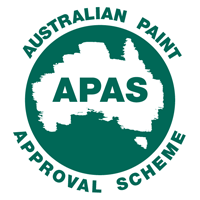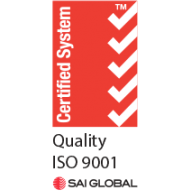What Are Volume Solids in Paint?
Each variety of paint is comprised of resin, pigments, additives (for example, stabilizing agents, anti-foaming agents and thickening agents) and solvent.
After paint is applied to a surface, the solvent evaporates, leaving only residual dried solids behind as a comprehensive coating. The solids contained in a paint mixture may be expressed as a volume percentage of the total composition. If, for example, a paint can is made up of half solvent, the paint can be considered as 50% solid. The logic follows that if a wet coat of paint of thickness 100μm is applied to a surface then the residual dry paint will be 50μm in thickness.
Calculating Volume Solids
This equation can be expressed as: % volume solids = dry film thickness x 100 / wet film thickness.
This equation is useful to know because knowing the volume solids value can help you calculate theoretical spreading rates, the wet film thickness to achieve a desired dry film thickness and final wet to dry thickness ratio after a solvent has evaporated. Most paint sheets include the result of the former % volume solids calculation; however, the following equations can be used to calculate the variables mentioned above.
Calculating Wet Film Thickness
Wet film thickness = dry film thickness x 100 / % volume solids.

Calculating Spreading Rate
Spreading rate (m^2/litre) = % volume solids x 10 / DFT Required.

The Relationship Between Volume Solids and Spreading Rate
If the volume solids of a paint product are known as well as the required dry film thickness and amount of thinner added, the wet film thickness and spreading rate can be calculated using the following equation:
Corrected % volume solids = % volume solids x 100 / 100 + % thinner added.
Corrected wet film thickness = dry film thickness (100 + % thinner added) / % volume solids.

Converting From Theoretical to Practical Spreading Rate
Theoretical spreading rates can be used to estimate actual spreading rates. The amount of paint necessary to finish a job completely can be determined by the spreading rate. Paint thinners can be used to achieve a complete coat if there is not enough paint to get the work done without it. Practical experience is the best means to achieving an even coat of paint. The type of object being painted, the surface material and the types of brushes or rollers used will all impact the overall requirements of a job.
Contact A&I Coatings Today
All A&I products are 100% Australian made and are sustainable for use in a large range of applications. Our technical team is always ready to steer in right direction on your project Just call 1800 819 585 or email helpdesk@aicoatings.com if you have any questions.





